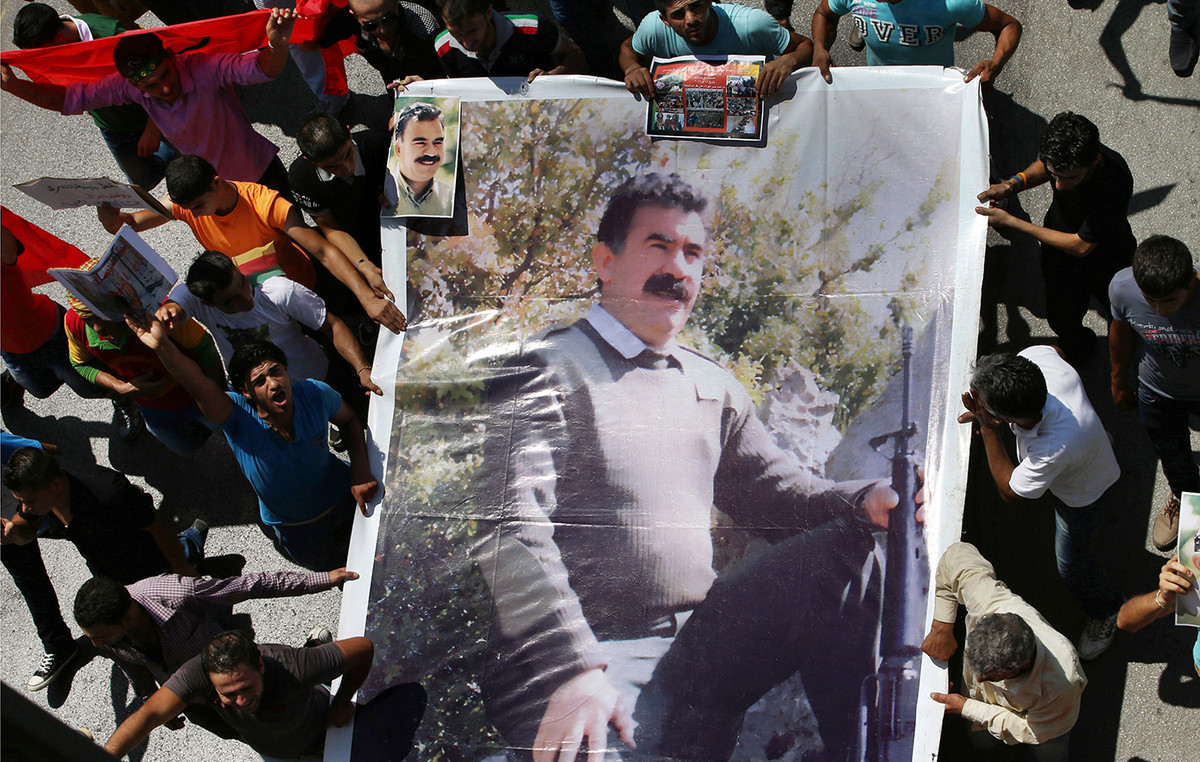This article was published in the number 24/25 of Vanity Fair on newsstands until June 21, 2022
“What have been seen only as broken and thrown games are actually our children’s games. That’s what we have “He says Franca Vanniniwhich at theIdroscalo of Ostia it is the reference point for the 500 families who live here and ask for their identity as citizens to be recognized. The story you are about to read was born out of a misunderstanding. Vanity Fair launched the social challenge #calls, a call to action with a main objective: to unite citizens in cleaning and redevelopment operations of some areas of Italy (indicated by readers) too often left to themselves and not respected in their beauty. And in their human capital. As happens at the Idroscalo di Ostia, among the areas marked but with a great basic misunderstanding: what at first glance seemed like an abandoned waste to be disposed of, like a damaged swing for children, in that strip of land at the mouth of the Tiber, where the sea overlooks Rome for the first time, is life. It is community.
We meet Franca Vannini the day before the general cleaning of the area to get to know this place, which shouts its resistance in every corner of its perimeter. How do the men and women who found a home and their family here, opposing the eviction order issued in 2010 when the mayor of Rome was Gianni Alemanno and in those days they saw thirty-five families uprooted from their homes and taken away to be located in the residence. “For some these are just shacks, for us they are everything”. Franca arrived at the seaplane base for the first time with her husband. She was soon widowed with two children and just as soon, together with the women of the community, she began looking for answers to the daily needs of those arriving at the seaplane base. Like her. “Often the people who live here have nothing to put on the table. Nothing for their children. We organize food, clothing and games collections », continues Franca, who at home among the goods available to the community has a case with various over-the-counter medicines ready to be distributed to those in need. It is when she tells about the children that Franca’s voice trembles. “All the games piled one on top of the other on that wall have been given to us. We collect them to celebrate the children’s party, at Christmas for example “. Sitting next to her is her daughter who is busy preparing a snack for one of the girls in the community. “We keep her with us while her mother goes to work,” explains Franca, who for the inhabitants of the Idroscalo di Ostia is her mother, grandmother, friend of hers.
In this place that sinks into the unconscious beauty where Pier Paolo Pasolini found refuge, who was beaten to death not far from Franca’s house on 2 November 1975. “It is the last village of Rome as we knew it in the times of Moravia and Rossellini”, underlines Paula de Jesus who, together with the sociologist Gianluca Piscitelli and various professionals, is part of a collective that carries on the battles of this territory and tells in its complexity. “Here come the last of the last. Theirs is an unauthorized necessity and they themselves are the first to ask to be regularized so that the community that has its roots here is not dispersed. The houses of the Idroscalo, without building permits, have never received, as it were absurd, notices of illegal proceedings as they insist on a state-owned area whose perimeter is still not clear “. If you look at it from above, the seaplane base proudly reveals its tip, touched on one side by the sea and on the other by the land in its last habitable part. “It is our Punta Sacra”, says Franca. “We call it that because this is a magical place. Because the seaplane base is not just any suburb, it is the beating heart of our town on the sea. Here begins Rome. It is sacred because it is the land in which the 35 families that were part of this community have been uprooted. Our open wound. It is a place of struggle but where there is also a lot of beauty ».
Franca Vannini
As you walk, you can clearly see the perimeters of some of the buildings where the evicted families lived. The tiles resurface and it still seems to see those people here, to hear their voices, the sound of the frying pan sizzling on the fire. «Like Nadia who calls me every day and cries because she lives in a residence and she has nothing of her life before her. Every evening, in the summer, we took the chairs, we sat here in front of these which look like rubble playing burraco while the children chased each other. That’s why this is our Sacred Point“. The same is told by the documentary of the same name made by the director Francesca Mazzoleni, who, together with Franca, went through the history of the seaplane base, telling it with the voice and gaze of those who live there. “Where there were houses we made a path of memory, planting a tree and seeds with the children to tell them that our roots are there. This land is sacred because it is our home but not in terms of possession: it is the home of all Romans, because Punta Sacra is Rome ».
It is almost sunset when the men who leave the morning at dawn to go to work mostly as unskilled workers begin to get off at the nearby bus stop. There are also many women, almost all mothers, employed in often occasional jobs between Ostia and Rome. “Their need should be protected as much as that of those who live elsewhere”, underlines Gianluca Piscitelli. «Empathizing here makes you understand that discomfort is not something isolated but affects us all. They are citizens as much as we are, it is appropriate to give them a home and respect their history. If there is no such integration, isolation is created ”.
You can’t see the sea from Franca’s house. It is not seen from any of these houses because they are protected by a cliff that contains the sea in winter. But the sea is everywhere here: in the sound of the water that echoes our words, in the gray reflection of the sky, in the magic that moves Franca when she talks about it. In the wild daisies that grow where there seems to be nothing, in the tamarisk that stands alone in the middle of what manifests itself as a barren slab of earth but which instead contains all this life.
To subscribe to Vanity Fair, click here
-Save The Children, in Ostia young people take back (and clean up) the abandoned places
-Gregorio Paltrinieri: “Swimming to save the sea”
Source: Vanity Fair







